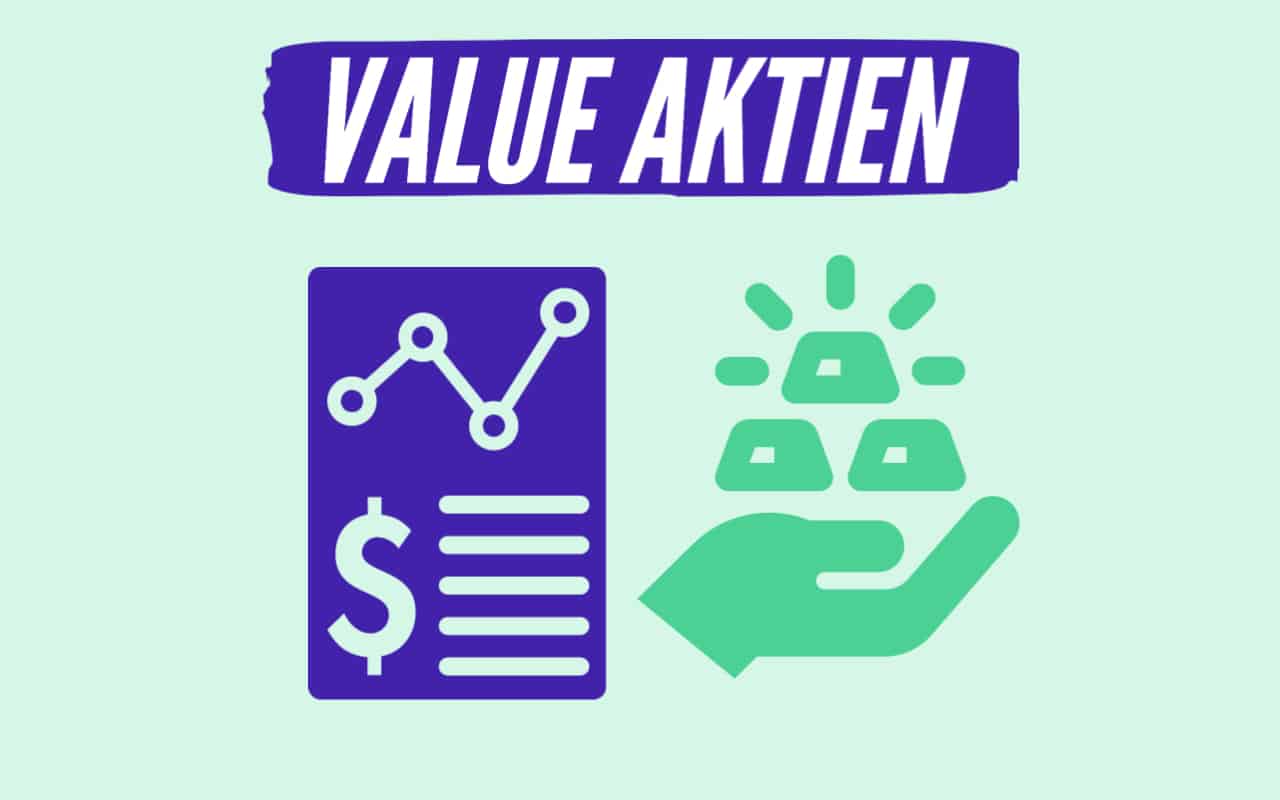What are small cap stocks? – Most well-known investing success stories began with investors who recognized the potential in so-called small cap stocks. These include, for example, the stories of early investors in Amazon and Tesla stocks. It is also clear that not every small company that goes public mutates into a giant. Accordingly, investing in small caps involves some risk, but it can pay off as a result.
What are small cap stocks?
Small cap stocks are stocks of companies with a relatively small market capitalization. This is usually between 300 million and 2 billion dollars. The market capitalization is calculated by multiplying the number of stocks in circulation by the price of the respective stock.
The market capitalization gives you an indication of the size of a company and should be an important indicator for every investor. Because it gives you an indication about the risk of your investment.
It should be clearly noted that while small caps are securities of smaller companies, they by no means have to be startups or brand new companies. Some small cap companies, like their big brothers, have strong track records and excellent financials.
However, some differences are often mentioned. We’ve listed these for you in the following section.Difference between small cap stocks and big cap stocks
Difference between small cap stocks and big cap stocks
The difference of small cap stocks and big cap stocks (large cap) can be presented in 3 main points. These include the growth, the risk and the dividends.

Growth: small cap stocks are usually (but do not have to be) securities of younger companies. They usually aim for aggressive growth to eventually achieve mid cap and then large cap status. Because of their small size, small caps have plenty of room to grow. This in turn provides the opportunity for higher price gains and returns.
Large Cap stocks, on the other hand, are solid companies that tend to rarely achieve massive year over year growth. Investors who invest in such stocks take a lower risk and look for steady, small gains (returns).
Risk: The future success of small caps is in most cases not certain. In addition, there is sometimes a shortage of resources, which can make small caps a riskier investment. This is offset by the long experience and track record of large cap stocks. They also tend to have a broader product mix. In addition, small cap stocks are sometimes only traded over-the-counter. Accordingly, they are not subject to the same level of regulation and oversight as large cap stocks.
Dividends: Dividends are regular payments from the company’s earnings to its shareholders. Large cap stocks thus provide an incentive to their investors, through the steady source of income.
This is rarely the case with small cap companies. This is because instead of paying out profits, these smaller companies reinvest the money they generate, thus contributing to their continued growth.
Small Caps and Penny Stocks
Penny stocks are a type of small cap stock. By definition, penny stocks are stocks whose value is less than 1 dollar and recently even up to 5 dollars. Although it is possible to buy many shares of penny stocks for a low price (relatively), due to their characteristics, they are sometimes difficult to sell. Mostly penny stock companies are not very well known and there is hardly any information about them. This makes it difficult to determine their exact value. Therefore, investors with a low risk tolerance tend to avoid these types of stocks.
Classification of Nano Cap, Micro Cap, Small Cap, Mid Cap and Big Cap stocks
Here we have a classification for you from Nano Cap to Small Cap to Big or Large Cap stocks. The boundaries are not precisely defined, but have changed over time. They only matter for companies that are close to one of these boundaries. This is because mutual funds use these definitions, among others, to determine which stocks to buy.
- Nano Cap stocks: under 45 million dollars
Micro cap stocks: 55 million to 300 million dollars - Small cap stocks: 300 million to 2 billion dollars
- Mid Cap stocks: 2 billion to 10 billion dollars
- Big Cap stocks: over 10 billion dollars
Of course, these threshold ranges change with the development of the market indices. Whereas in the 1980s a company with a market capitalization of $1 billion still counted as a big cap, today companies in this range fall under small caps.
Conclusion
Even though small cap stocks have low market capitalizations, they can still have strong track records and excellent financials. However, there are some commonly cited differences that are reflected in growth, risk, and dividend payouts. If you’re still on the fence about whether you should start investing, be sure to also read our article „Why Buy Stocks?„. Here we give you 8 reasons to start investing.





